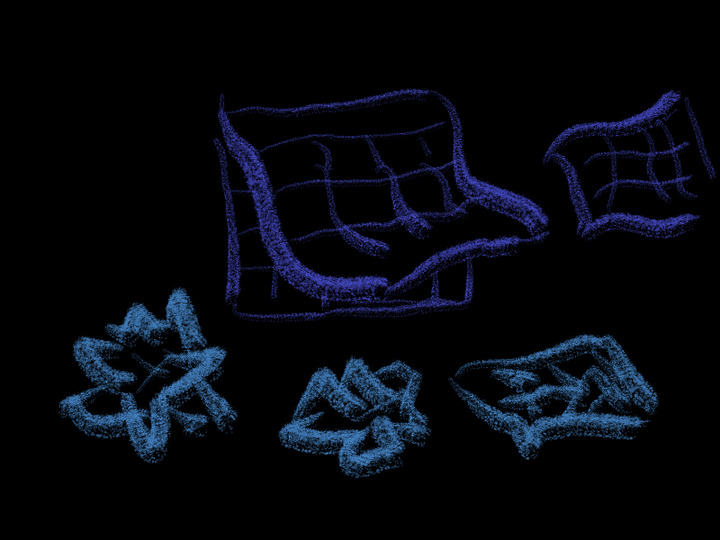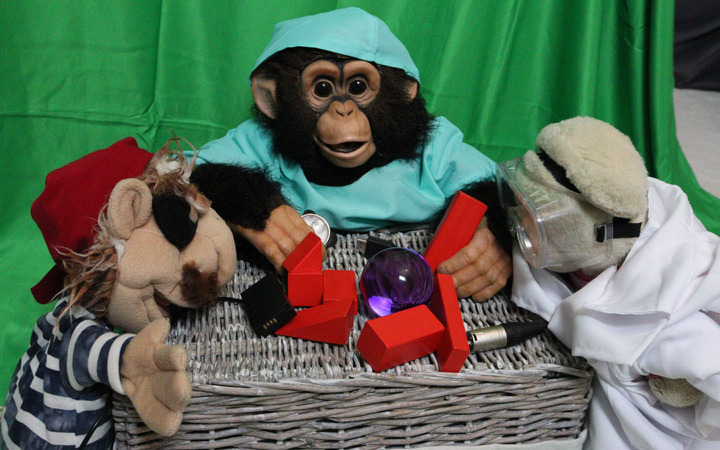The Hundred-Year Programming Language

Video version available on YouTube:
A certain kind of software developer—or more often, businessperson— likes to talk about a hundred-year programming language, or even a hundred-year framework.
That’s a pretty audacious thing to say. I mean, software development is roughly 65...



